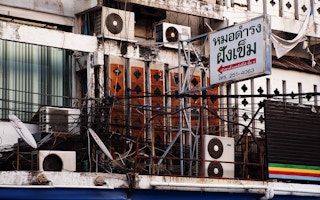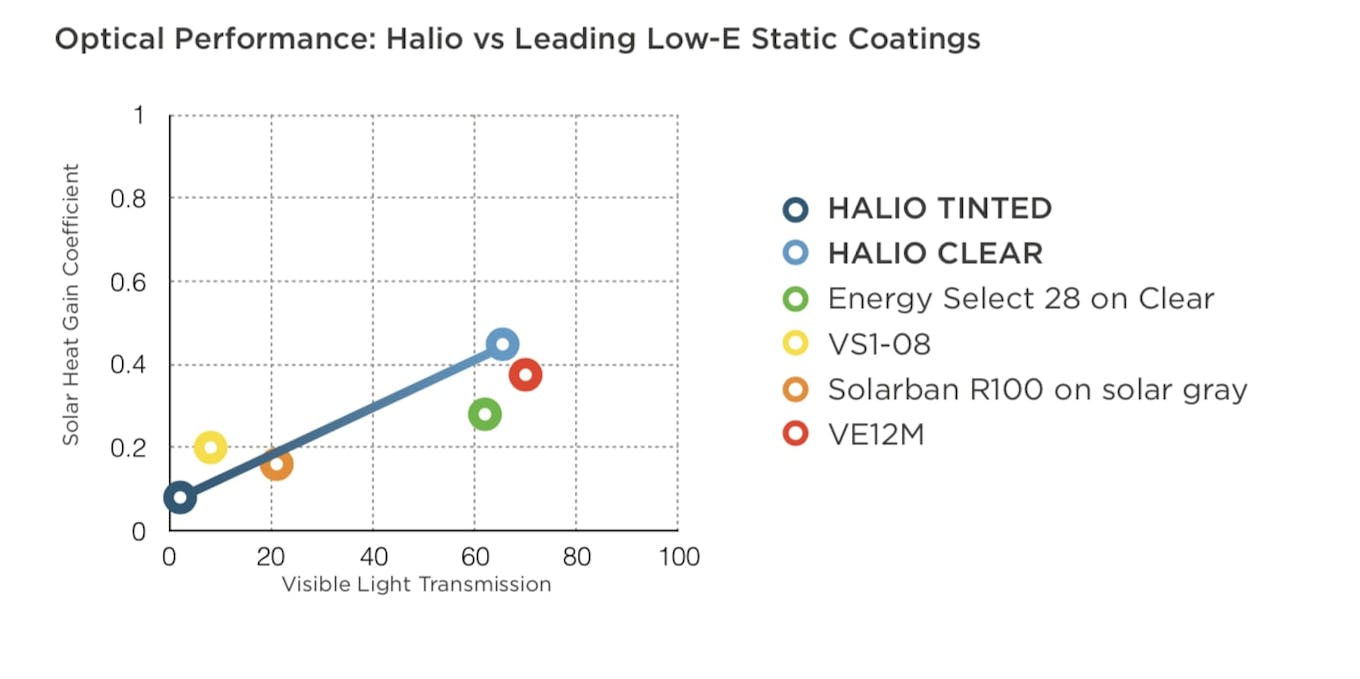It is not an uncommon sight to see people in hot, tropical Southeast Asia donning thick jackets, shawls and even woolen socks when they are inside buildings, thanks to low air conditioning temperatures that leave occupants freezing despite the relentless heat outside.
To continue reading, subscribe to Eco‑Business.
There's something for everyone. We offer a range of subscription plans.
- Access our stories and receive our Insights Weekly newsletter with the free EB Member plan.
- Unlock unlimited access to our content and archive with EB Circle.
- Publish your content with EB Premium.
What is less common, however, is the understanding that excessive and inefficient use of air conditioning threatens to undermine the region’s chances of sustainable development, according to a new whitepaper commissioned by the Kigali Cooling Efficiency Program and produced by Eco-Business.
Titled Freezing in the tropics: Asean’s air-con conundrum and launched on Monday in Bangkok at the inaugural Asean Cooling Summit, it explores the attitudes and awareness surrounding air-conditioning and its implications for sustainable development in Southeast Asia.
The report says that economic development in the region is expected to spur growth in demand for cooling technologies such as refrigeration and air-conditioning, and these could account for 40 per cent of Southeast Asia’s electricity demand by 2040.
Because refrigerants—potent greenhouse gases that leak into the environment—are a key component of both refrigerators and air-conditioners, an increase in demand for these technologies would contribute a significant amount of climate-change causing carbon emissions if left unchecked, says the paper.
The rise in energy consumption because of increased cooling could also drive air pollution in Southeast Asia, where coal is a major source of energy.
In the world’s emerging economies, air conditioning alone is set to drive a 64 per cent increase in household energy use, and produce 23.1 million tonnes of carbon emissions by 2040.
But the paper states that if Asean countries switch to energy efficient products for cooling, they can reduce electricity consumption by 100 terawatt hours (TWH), and save US$12 billion annually in the process. This is the equivalent to the annual production of 50 coal power plants, and this savings would weaken the case for constructing new polluting power plants. Indonesia and Vietnam alone are planning to build 358 coal-fired power plants by 2030.
Improving energy efficiency would help achieve 40 per cent of the emissions reductions the world needs in order to keep global warming to within the 2-degree Celsius ceiling as stipulated by the Paris Agreement, said the International Energy Agency.
Said Dan Hamza-Goodacre, executive director of K-CEP, a philanthropic programme that supports the implementation of the Kigali Amendment to the Montreal Protocol: “Providing clean, efficient cooling for all is one of the 21st century’s biggest opportunities, especially in the Asean region. Society reaps huge health and productivity benefits from cooling, but few of us realise that an air-conditioning unit is like a carbon bomb.”
He added that the use of polluting fluorinated gases in cooling could result in a 1 degree Celsius rise in global warming. “Businesses know the answer, governments need to encourage change and consumers need to wake up and make smart choices about the cooling technology they buy – and we want to accelerate change with the findings of this whitepaper.”
Out in the cold
Yet the 424 Asean citizens (from Indonesia, Malaysia, Singapore, Thailand, the Philippines and Vietnam) who responded to the whitepaper’s survey showed limited understanding of the potential of air-conditioning in fighting climate change.
Almost half of the respondents voted for “increasing the development of solar plants” as the most important way to reduce greenhouse gas emissions in the region, rather than increasing the efficiency of air-conditioning units.
The paper also revealed that the general public has low awareness of the refrigerants used in air-conditioners and the impact it has on the environment. Over 45 per cent of respondents disagreed or strongly disagreed with the statement ‘People in my country are aware of the harm that air-conditioning refrigerants do to the environment’.
There is also widespread sentiment among Southeast Asian citizens that indoor temperatures of buildings are sometimes set too low, and this was especially the case in Singapore. About 68 per cent of respondents from the city-state indicated that they often encounter settings that are too cold.
“
Few of us realise that an air-conditioning unit is like a carbon bomb.
Dan Hamza-Goodacre, Executive Director, Kigali Cooling Efficiency Program
The paper also includes a case study on Indonesia, which has the third highest use of air-conditioning in Asia after China and India. Despite the high proliferation of air-conditioners in the country, there is little understanding of the benefits of energy efficient and sustainable cooling among the public, and the government also takes a relatively hands-off approach to campaigns promoting energy efficient products.
Tim Hill, research director for Eco-Business, who led the research behind the whitepaper, cited suggestions from respondents on how governments could lead the way in reducing inefficient cooling. “Governments could better legislate to reduce excessive cooling in public buildings, and ensure energy efficient appliances are sold in retail spaces.”
He said that despite the environmental cost, it is impossible to eradicate cooling altogether, because it still has a critical role to play in the well-being of societies. For example, thermal comfort has proven to increase the productivity of office workers, while lower temperatures slows bacteria growth in a hospital setting, and keeps food fresh for longer.
But, he added: “We can make sure that the hardware we install is as energy efficient as possible and avoid cooling where it’s not strictly necessary. For example, there are many passive cooling solutions for building design that should be considered before resorting to air-conditioning.”
A lack of action around cooling will “lead to a vision of a future that’s too cold for comfort”, said Hill.









